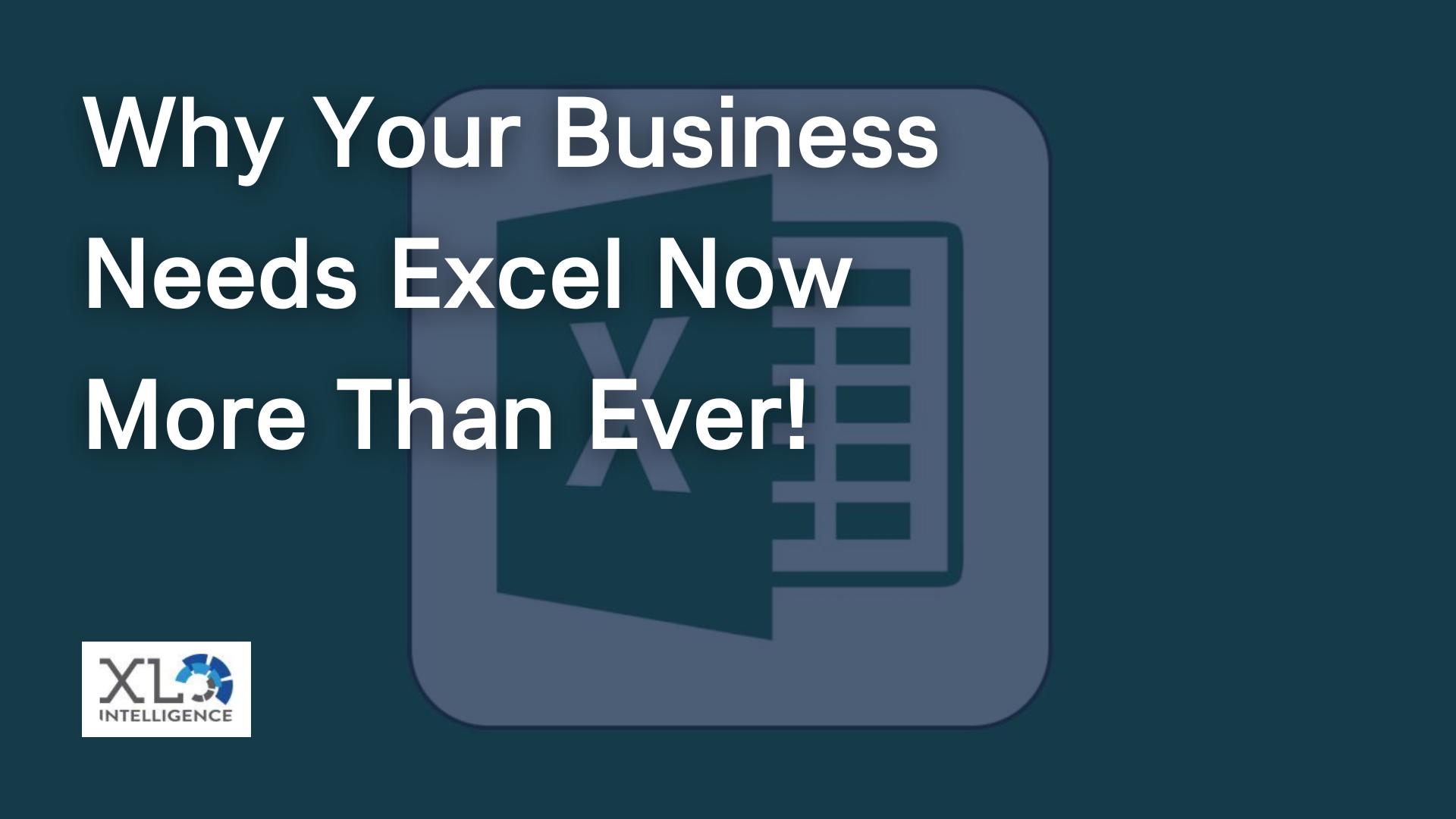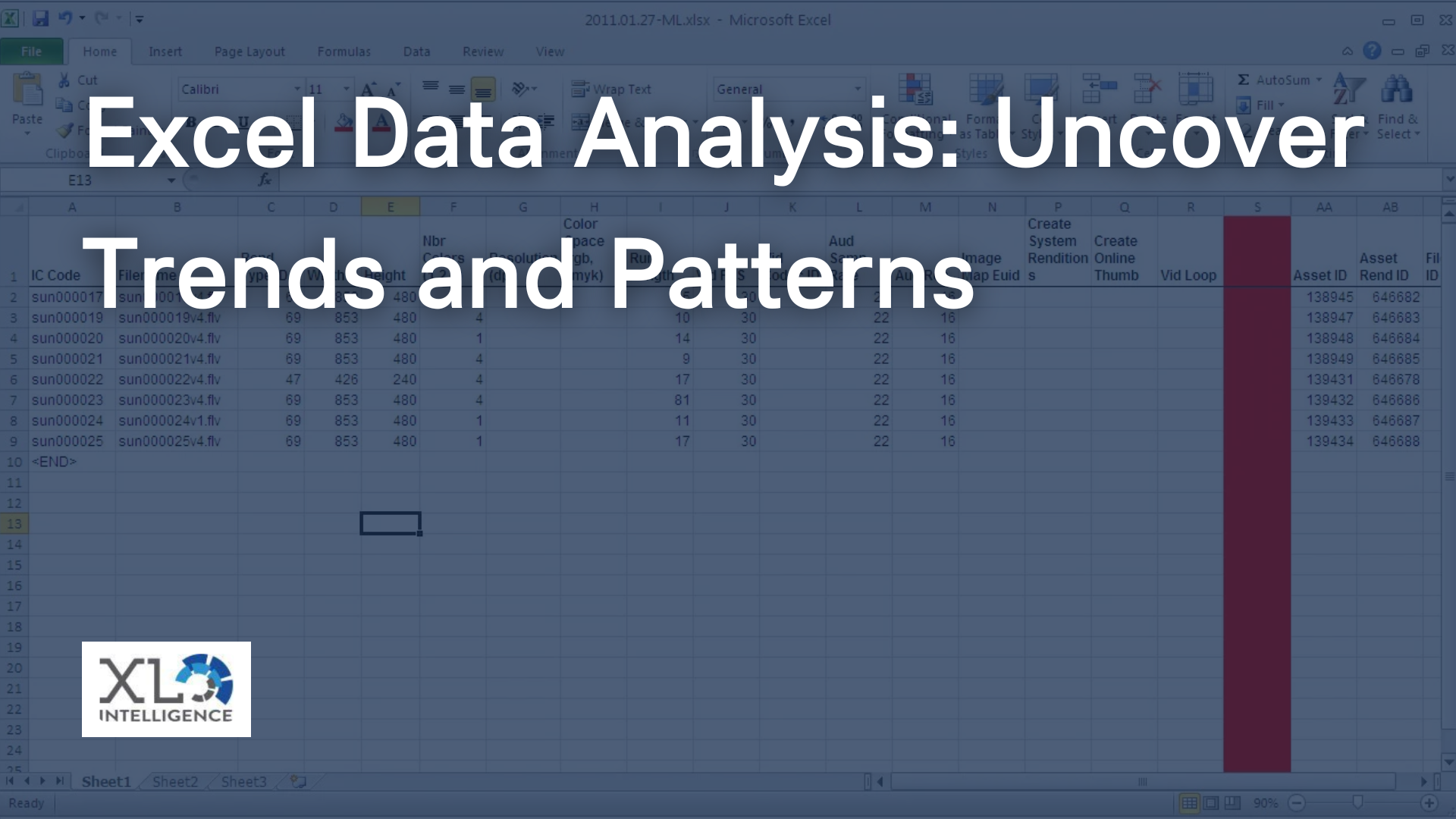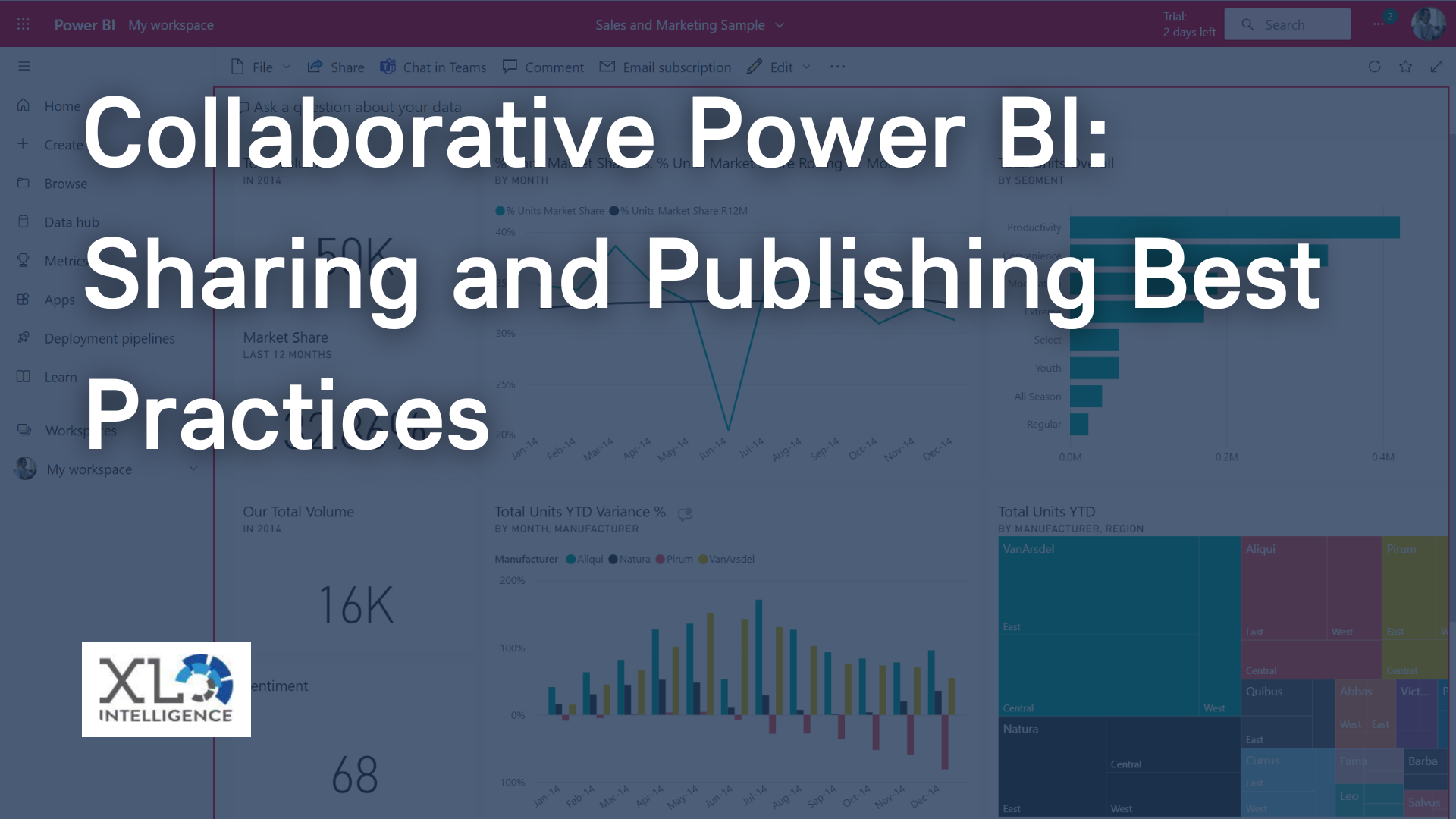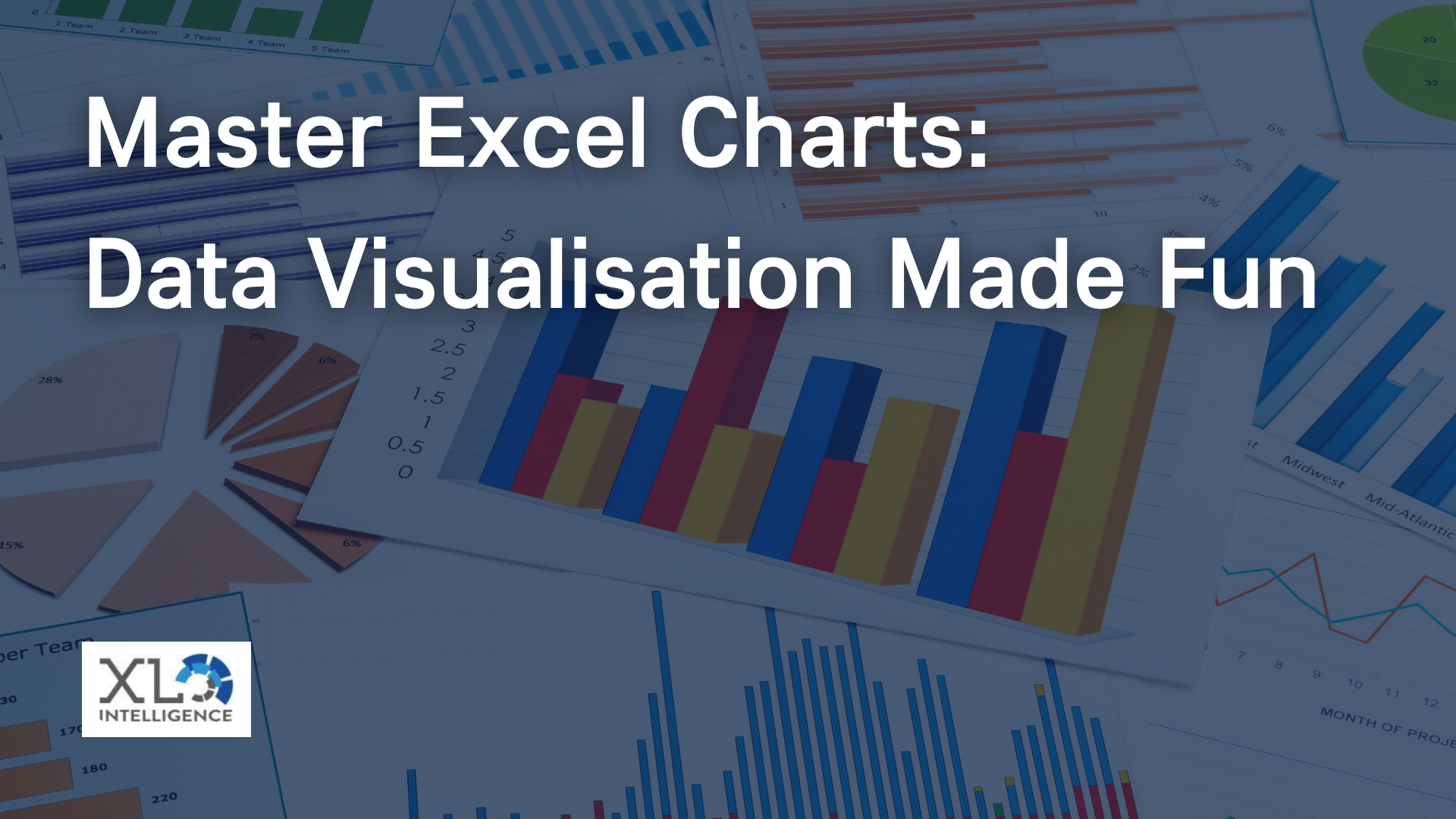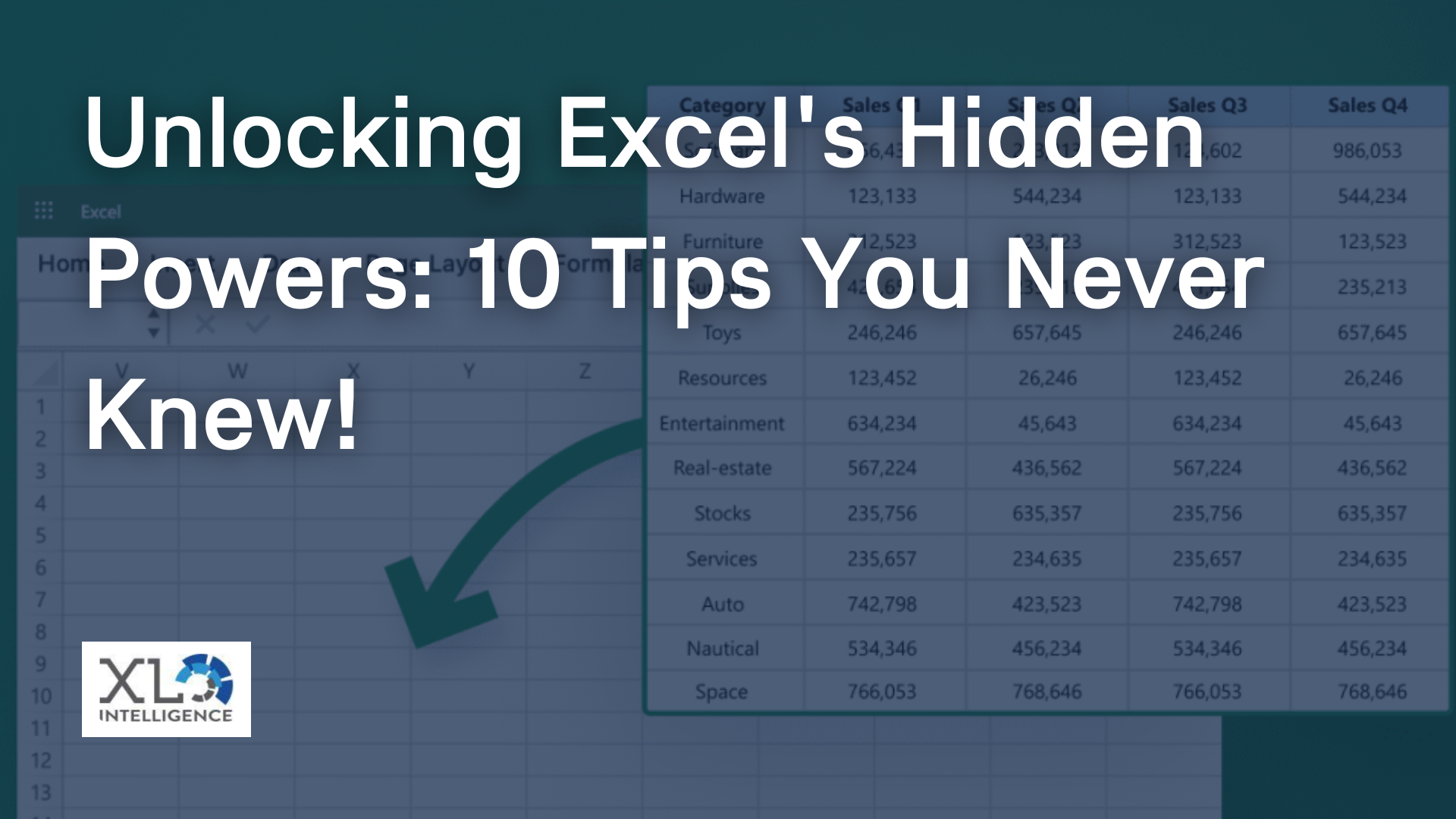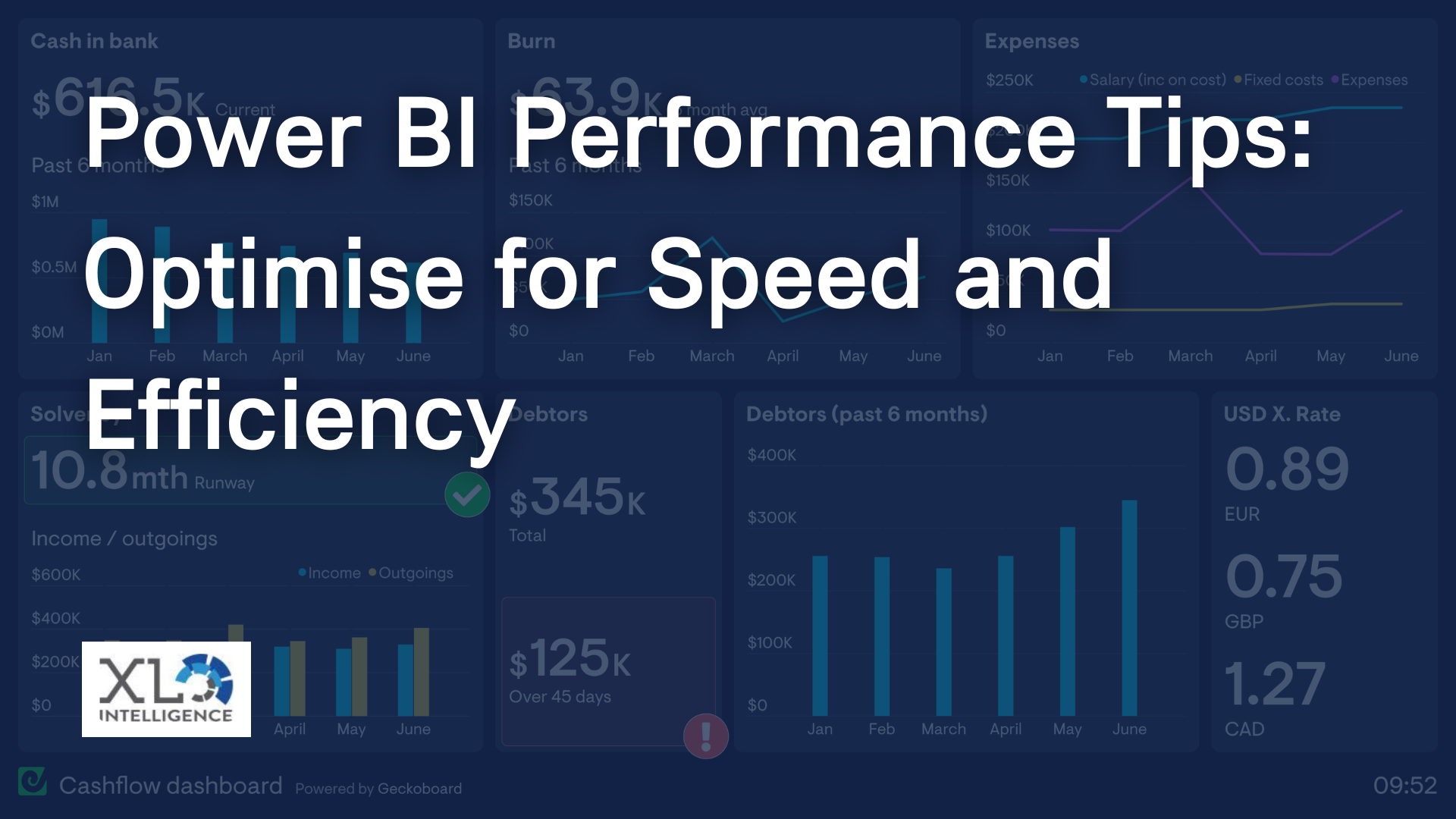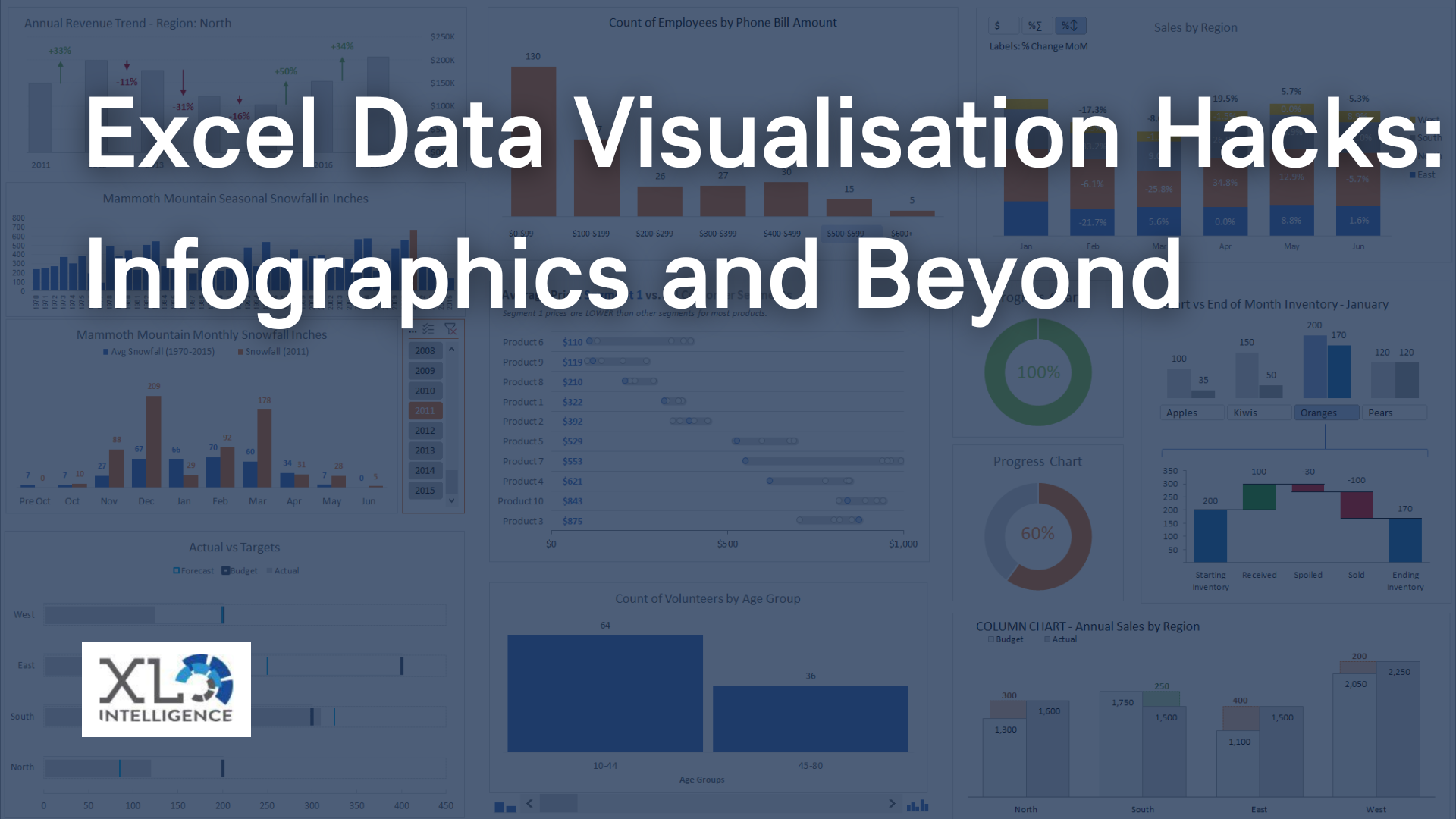Simplified financial modelling in Excel

Welcome to XL Intelligence, your trusted partner in simplifying financial modelling in Excel. In the complex world of finance, where data analysis plays a pivotal role, mastering the art of simplified financial modelling can be a game-changer. In this article, we'll explore the intricacies of financial modelling, why simplification matters, and provide you with invaluable Excel tips to streamline your financial analysis.
Understanding Simplified Financial Modeling
Defining Financial Modelling
Financial modelling is the process of creating a mathematical representation of a company's financial performance. It involves forecasting and projecting financial statements, such as income statements, balance sheets, and cash flow statements, to make informed decisions about investments, budgeting, and strategic planning.
Challenges of Complex Financial Modeling
Complex financial modelling can be overwhelming. Spreadsheets filled with numerous formulas and data can lead to errors, making it challenging to maintain accuracy. Moreover, these intricacies can hinder collaboration and slow down decision-making processes.
The Importance of Simplification
Simplified financial modelling in Excel is not about oversimplifying the data but about enhancing clarity and usability. Here's why it's crucial:
- Improved Accuracy: Simpler models are less prone to errors, ensuring the reliability of financial forecasts.
- Efficiency: Streamlining the process saves time, allowing for quicker decision-making.
- Collaboration: It fosters collaboration among team members as everyone can understand and work with the model easily.
Excel as the Key Tool for Simplified Financial Modelling
Excel's Prominence in Financial Modeling
Excel is the go-to tool for financial modelling for several reasons:
- Widespread Use: It's widely adopted in the finance industry, making it a standard tool for professionals.
- Flexibility: Excel's versatility allows you to create custom financial models tailored to your specific needs.
- Integration: It integrates seamlessly with other data sources and tools, facilitating data import and export.
Benefits of Using Excel for Simplification
- Familiarity: Most finance professionals are already proficient in Excel, reducing the learning curve.
- Cost-Effective: Excel is cost-effective compared to specialised financial modelling software.
- Accessibility: It's easily accessible, making it a practical choice for both individuals and small businesses.
Top Excel Tips for Simplified Financial Modelling
Now, let's dive into practical Excel tips that will simplify your financial modelling journey:
Streamlining Data Input and Organization
1. Utilising Excel Tables for Structured Data
Excel tables offer a structured way to organise your data, enhancing clarity and simplifying calculations. They automatically expand to accommodate new data, ensuring your model stays up-to-date.
2. Data Validation Techniques for Accuracy
Implement data validation to prevent input errors. Create dropdown lists and input restrictions to maintain data consistency, a critical aspect of accurate financial modelling.
Optimising Formulas and Functions
1. Effective Use of Built-in Excel Functions
Leverage Excel's extensive library of built-in functions like SUM, AVERAGE, and IF to streamline calculations. These functions reduce the need for complex custom formulas.
2. Creating Custom Functions for Specific Needs
In some cases, custom functions can simplify complex calculations. Excel's Visual Basic for Applications (VBA) allows you to create custom functions tailored to your financial modelling requirements.
Visualizing Financial Data for Better Insights
1. Excel Charts and Graphs for Data Visualization
Charts and graphs make complex data more digestible. Excel offers a variety of chart types to help you visualise trends, comparisons, and outliers.
2. PivotTables and PivotCharts for Dynamic Analysis
PivotTables and PivotCharts are powerful tools for dynamic analysis. They enable you to quickly rearrange and summarise data to gain valuable insights.
Collaboration and Sharing
1. Excel's Collaborative Features
Excel's collaboration features, such as co-authoring and online sharing, facilitate teamwork. Multiple team members can work on the same model simultaneously, increasing productivity.
2. Ensuring Data Security
When sharing sensitive financial models, ensure data security by using password protection and restricted access. Protecting your data is paramount.
Real-World Examples from XL Intelligence
To illustrate the effectiveness of simplified financial modelling in Excel, here are some real-world examples from XL Intelligence:
- Case Study 1: How a small business streamlined its budgeting process using Excel.
- Case Study 2: The success story of a startup that secured funding with a simplified financial model.
- Case Study 3: How a multinational corporation optimised its financial forecasting with Excel.
These examples demonstrate the practical applications of the Excel tips discussed.
Best Practices for Maintaining Simplified Financial Models
Regular Data Updates and Model Auditing
Maintaining accuracy in your financial models requires regular data updates and auditing. Ensure that your model reflects the latest financial information to make informed decisions.
Documenting Assumptions and Methodology
Transparent documentation of assumptions and methodology is essential. It helps you and your team understand the model's logic and ensures consistency over time.
Version Control and File Organization
Implement version control to track changes in your financial models. Organise your files systematically to avoid confusion and ensure easy access to historical data.
Conclusion
In conclusion, simplified financial modelling in Excel is a game-changer for finance professionals. It enhances accuracy, efficiency, and collaboration, making it an invaluable skill in today's competitive landscape. At XL Intelligence, we're dedicated to empowering finance professionals with the knowledge and tools to simplify their financial modelling processes.
Ready to simplify your financial modelling in Excel? Contact XL Intelligence today for personalised Excel solutions tailored to your specific needs. Subscribe to our newsletter for more Excel and finance-related content, and don't forget to share this article with your colleagues and peers. Together, we can revolutionise the way we approach financial modelling in Excel.


